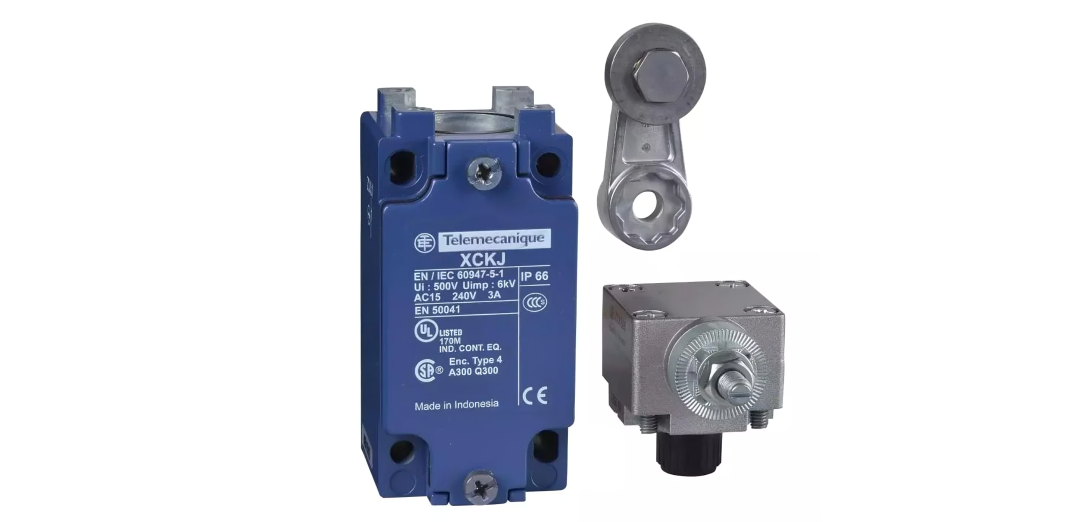Limit Switches
Limit switches are electromechanical devices used to detect the presence, absence,
or position of an object through physical contact. Widely employed in industrial
automation, machinery safety, and conveyor systems, limit switches provide reliable
feedback to control systems, ensuring accurate machine operation and positioning.
These switches operate when an object comes into contact with an actuator arm or
plunger, triggering a mechanical movement that opens or closes an electrical
circuit. Limit switches come in various configurations including roller lever,
plunger, and rotary types to suit different mechanical setups and applications.
Benefits With Our Limit Switches
Accurate position detection and robust mechanical control for automation
systems.
-
Durable mechanical design suitable for harsh industrial environments
-
Multiple actuator types for diverse application needs
-
Precise feedback to PLCs, relays, and control circuits
Our limit switches are manufactured to meet international standards such as IEC
60947-5-1 and are available in a variety of enclosures with IP-rated protection.
They ensure safe, accurate, and repeatable operation in packaging machines,
elevators, robotic arms, and other industrial applications.
Most Common Questions
Why use limit switches in automation systems? Limit switches offer dependable
position and safety feedback without the need for complex sensors, making them ideal
for repetitive motion detection, end-of-travel control, and safety interlocking in
automated machinery.




